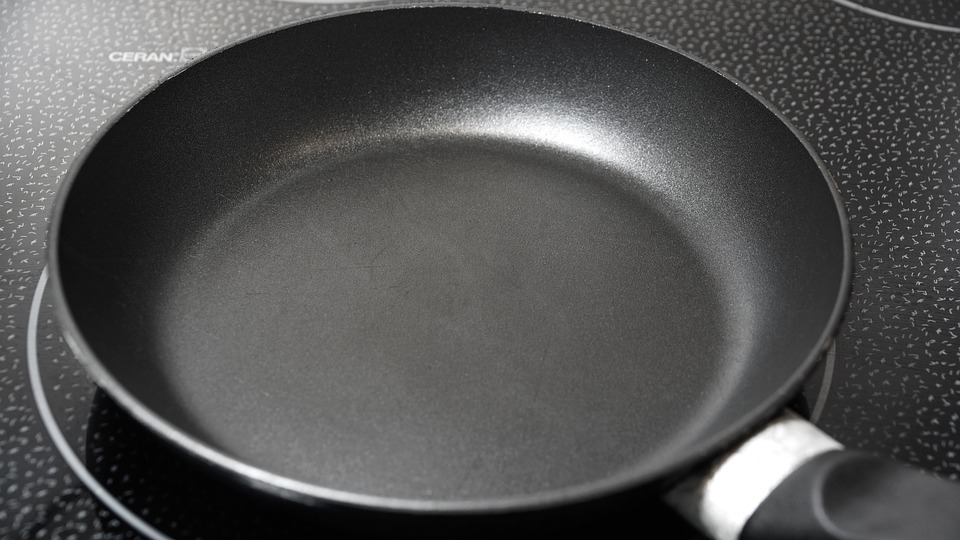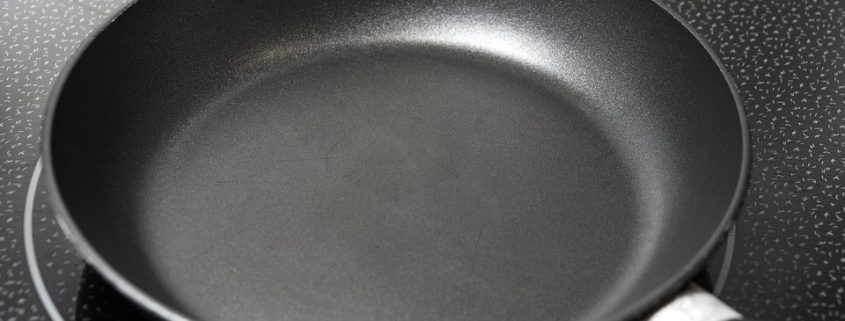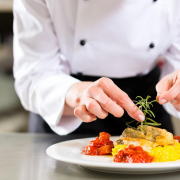Interesting Facts About Ceramic Cookware
There is some controversy surrounding nonstick cookware since nonstick frypans and saucepans are frequently coated with a material known as Teflon. Teflon coatings break down when heated at high temperatures, which can release toxic fumes into the air.

Many cooks are turning to alternative cookware. A popular trend at the moment is ceramic cookware. Ceramic cookware refers to clay pots and pans that have been kiln-baked and glazed. This glaze does not contain a Teflon coating.
Some may refer to aluminum cookware that has been coated with a ceramic glaze as ceramic cookware. However, this ceramic coating isn’t as good as pure ceramic cookware. The coating will break down over time, causing you to have to replace your pots and pans sooner than if you would have gone for ceramic cookware.
Considering ceramic cookware for your own kitchen? Keep reading to find out some of the most interesting facts about ceramic cookware.
Ceramic cookware is good for the environment
The majority of ceramic cookware is completely eco-friendly. The coating used in the pans doesn’t contain any Teflon, so when they’re heated, there is no chance of toxic fumes getting released into the environment. Many brands are also focused on making sure their ceramic pots and pans are free of lead and cadmium. Some brands are even used recycled steel and aluminum to craft the handles of their ceramic pans.
Ceramic cookware doesn’t react with food
Certain types of cookware are reactive, which means they might interfere with your food. Sometimes food cooked in reactive pans will take on a metallic taste or turn a funny color. Ceramic cookware is nonreactive, so it won’t turn your eggwhites grey or make your ham taste like a tin can. The other types of nonreactive cookware are glass and stainless steel. Metal pans can also be nonreactive if they have an enamel coating.
Ceramic cookware is versatile
Metal cookware can’t be placed in the microwave. It’s also recommended that you don’t store food in metal cookware. Ceramic cookware, however, is much more versatile. You can cook on the stove or in the oven like you would all other cookware. If you end up not eating everything, you can then store leftover food in the fridge or freezer without having to worry about a metallic aftertaste. And when you’re ready to warm the food back up, it’s completely safe to put ceramic cookware in the microwave. Forget having to cook in metal dishes and then having to store your food in plastic containers; ceramic cookware is a safe and healthy alternative.
Ceramic cookware is not the same as pottery
You might wonder why you can use ceramic cookware to eat from, but you can’t use homemade or decorative pottery. While ceramic cookware and pottery are both kiln-baked, pottery is not manufactured and glazed in the same way ceramic cookware is. Therefore, antique, homemade, and decorative pottery might contain harmful contaminants. Most ceramic pieces that you can use for cooking are clearly marked. If you ever stumble across a piece that isn’t marked, avoid using that piece.
Ceramic cookware is durable
Ceramic cookware isn’t as fragile as it looks. Being fired in a kiln makes it strong against accidental drops while the glaze makes it resistant to stains. Depending on the brand, this glaze can also protect ceramic cookware from being scratched. Visit Shortcut Keto to learn about some of the different brands available. Of course, despite being fired in a kiln and having the protective glaze, ceramic cookware can still be chipped if it is handled roughly. It’ll also shatter if thrown or dropped hard enough.
Ceramic cookware needs hand-washed
Despite all the positives of ceramic cookware, a potential downside is that it shouldn’t be washed in the dishwasher. If you want your cookware to last as long as possible, it is recommended that you wait for it to cool down and then immediately wash it by hand in warm soapy water with a soft rag. Dishwasher detergent and abrasive sponges (such as steel wool) can cause damage to the surface of your cookware. You’ll also want to avoid throwing it in the sink with a bunch of other dishes; it can easily chip if it roughly bumps against other dishes.
In conclusion
Ceramic cookware is a good alternative if you’re looking for durable pots and pans that you can use for all of your everyday kitchen needs. If taken care of correctly, ceramic cookware can stand the test of time so that you’re not having to constantly replace your pots and pans.








